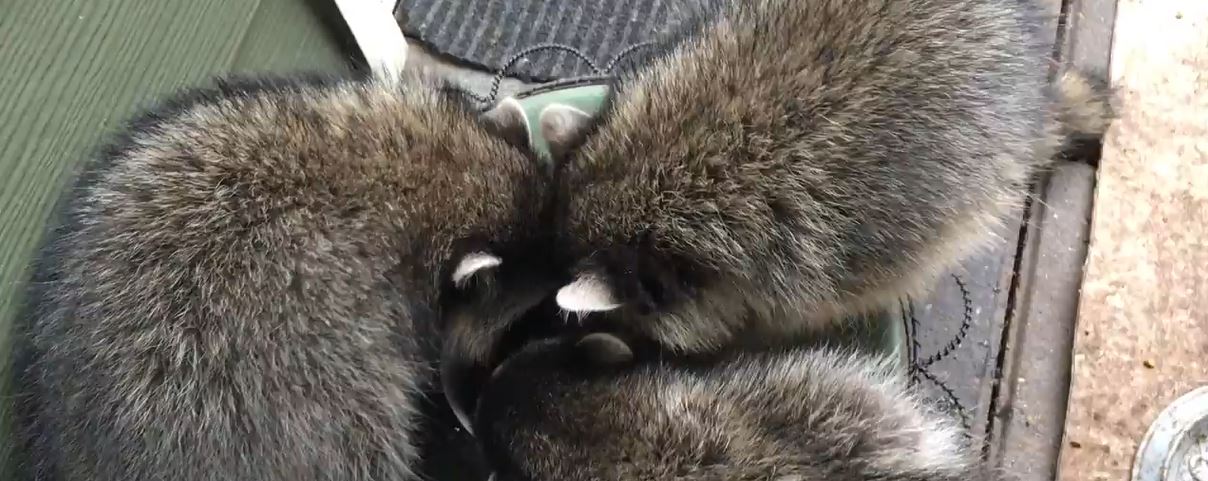How To Clean Wild Animal Waste In Your Attic

Just because you managed to evict the unwanted wildlife living in your attic doesn't mean you are completely done. Before you can get on with your life, you will also need to clean up the waste the animals left behind. There may be a small amount if only a few animals lived in your attic, but if there were many wild animals or they were there for a while, be prepared for a larger endeavor during the cleanup process.
Why Clean Animal Waste
You may be feeling lazy after all the effort spent to humanely remove the wild animals from your attic and seal up their entry points, but you should not skip cleaning up their waste. If you leave it there, it will begin to smell and worst of all, the odors and bacteria within the waste can begin to seep into other areas of your home. This is particularly true if the floors or insulation are contaminated. While not all animals carry disease, the risk is still strong enough to justify cleaning up the urine and feces along with leftover food items as soon as you can. It will prevent future damage to your home (via the liquid seeping) and the spread of disease.
Before Cleaning Animal Waste
Before you start cleaning up the animal waste, you will need to take a few precautionary steps. First make sure that the animals are truly gone from the attic and that all of the entry points are sealed. Remember that you can't legally remove some animals from your home while they are nesting due to the threat to their young and some areas also have restrictions concerning when you can evict a particular animal. The ideal is to have a professional help you legally and humanely evict or exclude the animals in your attic then seal up their entry points. Once this is done, you are ready to start cleaning up.
Use Safety Gear
Because of the possibility of disease mentioned before, you need to always use protective gear before starting the cleanup process. The ideal option is to get a disposable biohazard suit that has a hood as well as booties to cover your shoes. To go with this, you will want some sort of respirator, preferably a full face mask, but not a disposable strap-on filter. Don't forget to put on gloves as well. Depending on the animal in question, you may be able to get by with long sleeves and pants you plan on throwing out afterwards, old shoes you will toss, a respirator, and gloves, but it is always better to be safe.
Vacuum The Waste
There are three main steps for cleaning the wild animal waste once you get started. You will want to vacuum up the smaller pieces of waste, remove the larger pieces and contaminated items, and finally fog the area.
Do not follow temptation and sweep up animal waste as you will simply be stirring up the dirt and germs, increasing the risk of disease or infection. Instead, vacuum up droppings from smaller animals as it is inefficient to pick up thousands of tiny pellets by hand. You will need to thoroughly clean out the vacuum afterwards, so be sure to use one that contains the waste completely and safely.
Remove Solid Waste
Next you will have to use your hands (with sturdy gloves) to remove larger pieces of animal waste that can't be picked up by the vacuum. Remember that you need to always wear protective gear during this so you don't inhale airborne pathogens. While removing the larger pieces of wild animal waste, take the opportunity to also remove their nesting materials, leftover food, and any items they have contaminated. This is when you will need to take out contaminated insulation and other similar items. Don't forget to remove built-up waste from smooth surfaces.
Sanitize The Area
After all the animal waste is gone from the attic, you still need to clean the area. Opt for a strong enzyme cleaner or similar chemical that is designed to remove animal waste and the bacteria and pathogens found within it. If you do not have access to one of these cleaners, you can also use bleach to clean the surfaces.
Fog The Attic
The final step for decontamination is to fog the attic. This takes care of parasites, grease, and oils. In order to fog your attic, you will need an atomizing mist machine that dispenses an enzyme-based biohazard cleaner. The cleaner should break down urine, animal feces, and grease while killing the pathogens. As a bonus, it also eliminates the foul odor that wild animals tend to leave behind. Because of the need to fog the attic, many people choose to have a professional clean up the animal waste for them. It is possible to purchase or rent all the equipment yourself, but it does make sense to consider hiring a professional, particularly if you would need to buy the protective gear, cleaning solutions, and fogging machine or the infestation was particularly bad.
Read the Pest Wildlife Home Page page for helpful information and to learn more about How To Clean Wild Animal Waste In Your Attic

